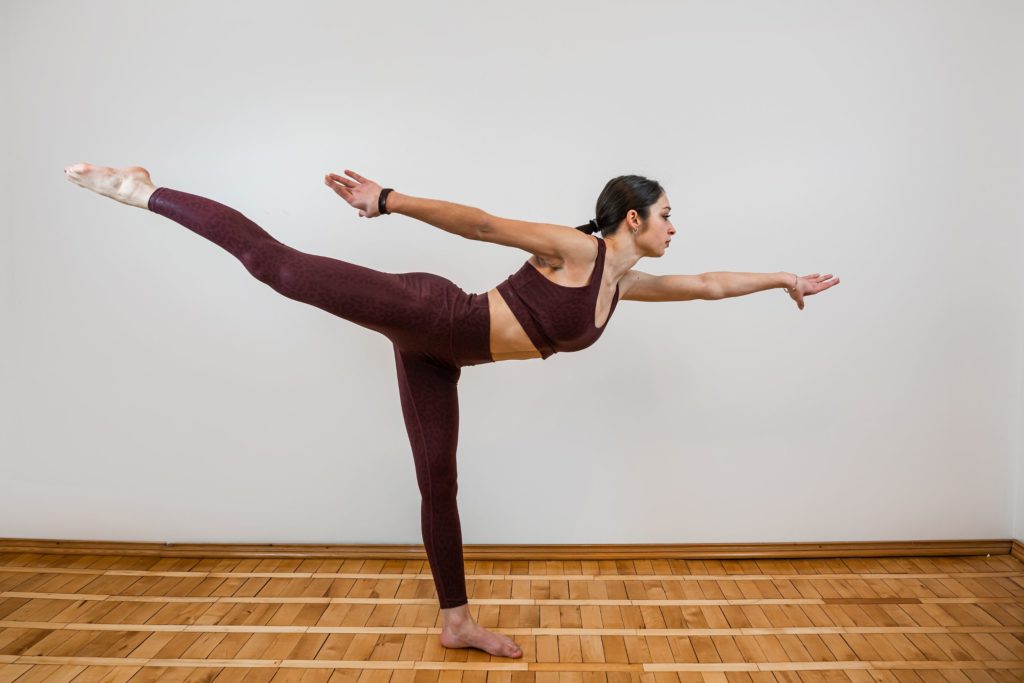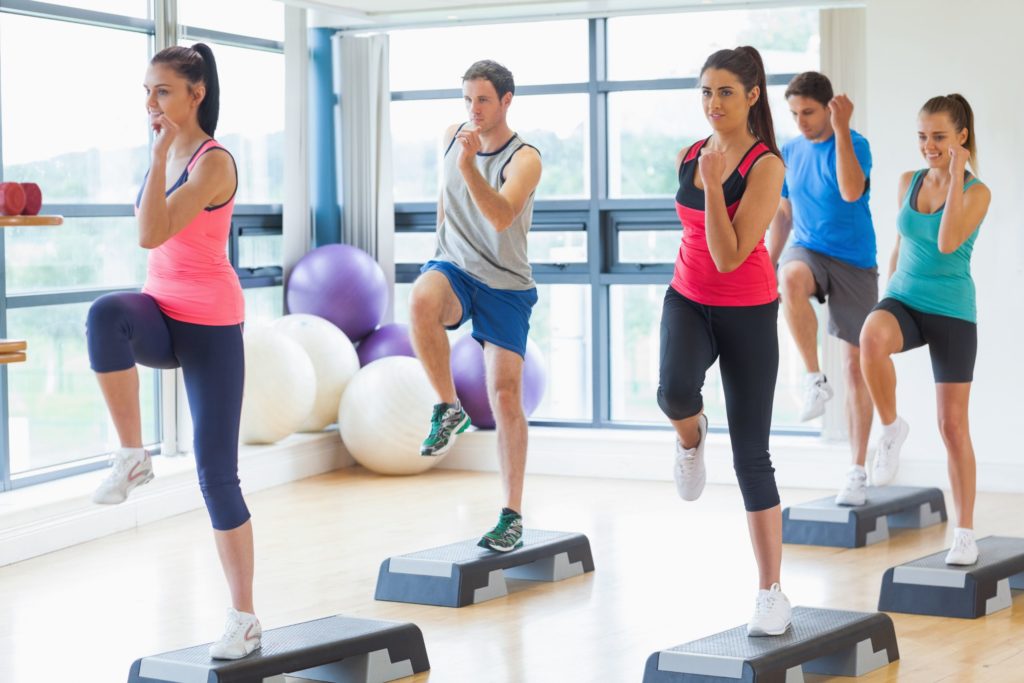What Is Therapeutic Exercise? Healing The Mind And Body
Usually when people struggle with any pain or some kind of stress that works to destroy their mental and physical health, they run to get help from the doctor and expect relief by consuming medicines.
But what about those treatments that provide you with all the health benefits that you want without taking any medicines? Yes, therapeutic exercise is one of them. Let’s start to be aware of What is therapeutic exercise and how it works?
Therapeutic exercise is known as a transformative practice that nourishes both mind and body on a path to holistic healing In this knowledge gaining article, we go a little deeper into therapeutic exercise, exploring its extensive effects on mental and physical well being.
What Is Therapeutic Exercise? Healing The Mind And Body
Therapeutic exercise refers to physical activities or movements that are prescribed by healthcare professionals to restore, improve or maintain a person’s functional abilities.
The main purpose of this wonderful exercise is to increase physical strength, flexibility, endurance coordination and balance, especially when you are stumbling with any health concerns or injuries.
Additionally, consistently following therapeutic exercise can have a positive impact on mental health by reducing stress, improving mood and enhancing overall well-being, contributing to the healing of both the mind and body.
Key Benefits Of Therapeutic Exercises For Mental Health
Therapeutic exercises give you a lot of benefits for mental health that you should know.
Stress Reduction
Therapeutic exercise helps to mitigate stress by triggering the release of endorphins which is a natural mood enhancer of the body and reducing cortisol levels. It provides relaxation, reduces stress and develops a sense of well being, contributing to relief from the overall stress and mental rejuvenation.
Improved Mood
The specialty of therapeutic exercise improves mood by releasing neurotransmitters such as dopamine and serotonin. Nowadays people get upset over such very useless or small things that affect their overall health, be it mentally, emotionally and physically.
This exercise increases feelings of happiness and depletes the symptoms of anxiety or depression. The positive impact of activity on mental health cultivates a more elevated and balanced emotional state.

Enhanced Cognitive Function
Therapeutic exercise works to improve cognitive function by increasing blood flow to the brain, promoting neuroplasticity, and through the release of neurotrophic factors. It enhances memory, attention and problem-solving skills, contributing to sharper cognitive abilities and mental agility.
Increased Self-Esteem
Who doesn’t love self esteem or confidence? Of course everyone, therapeutic exercise increases self esteem by promoting a sense of accomplishment and mastery over physical challenges. Achieving fitness goals, improving body image, and feeling stronger and more capable contribute to an increased sense of self-worth and confidence.
Better Sleep Quality
As you know, if a person consistently follows his regular physical activity, it can really help in regulating the sleep patterns, thereby improving the quality and duration of sleep. If your sleep cycle is healthy then most of your problems like stress, anxiety and fear will be reduced.

Social Interaction
Social interaction in therapeutic practice develops motivation, support and camaraderie, improving adherence, mood and overall well being through shared experiences, encouragement and accountability within a support community setting.
Overall, therapeutic exercise gives you healthy mental health by developing a positive mindset, reducing the risk of mental health problems, and supporting overall well-being.
Exercises Include In Therapeutic Exercise
I’m going to tell you 5 basic and very common exercises that are included in therapeutic exercise.
“Therapeutic Exercise Examples”
- Range Of Motion Exercises – Shoulder circles, ankle rotations, and neck stretches exercises work to enhance joint flexibility well.

- Strengthening Exercises – Leg lifts, squats or resistance band exercises targeting specific muscle groups to begin strength and flexibility in your body.

- Balance Exercises – In this exercise single leg stands, heel to toe walking or balance board activities are used to improve an individual’s stability and prevent the chances of falls.

Aerobic Exercises
Aerobic exercise in therapeutic exercise includes activities such as cycling, walking or swimming that help improve cardiovascular health, stamina and overall fitness through rhythmic movements that increase oxygen flow.

Functional Exercise
Functional exercises in therapeutic practice work to stimulate daily activities like climbing stairs, lifting objects or enhancing practical movements for improved mobility, independence, and capability in everyday life and tasks.
You can choose the exercise according to your body strength until you feel that you are capable of doing some other exercises.

Conclusion
Therapeutic exercise is a holistic approach to treatment that nourishes your both body and mind and prompts you to become active or productive in your life. Its variety of exercises from improving mobility to strengthening emotional well being, demonstrate its transformative power.
By promoting physical recovery, building self confidence, self esteem and providing a positive outlet for emotions, therapeutic exercise stands as a beacon of hope, empowering individuals on a journey to holistic wellness.


